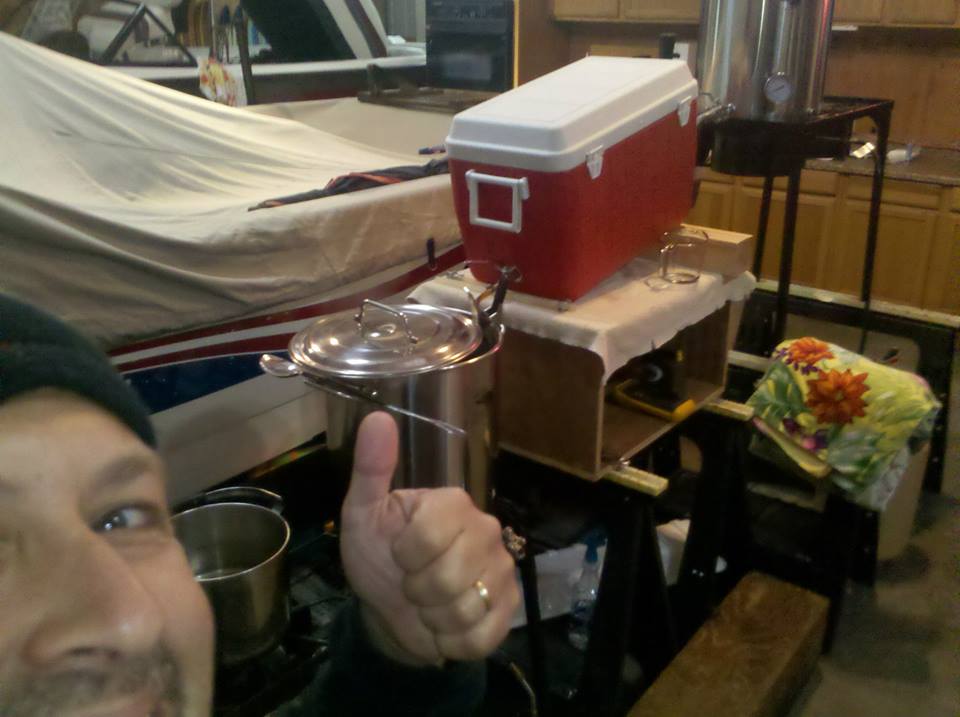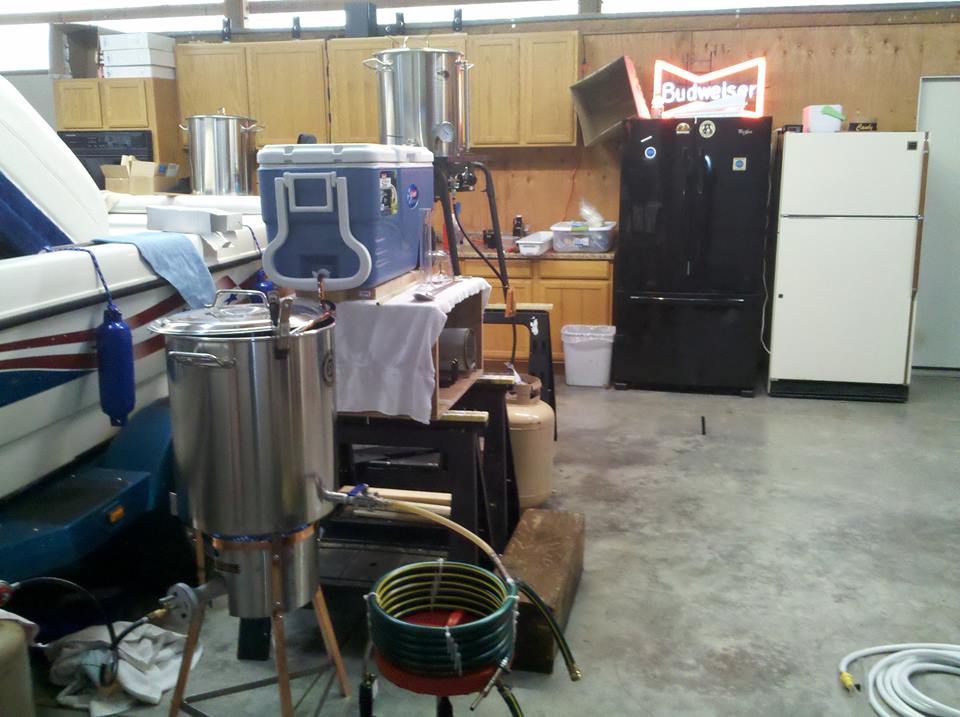- Joined
- May 9, 2015
- Messages
- 465
- Reaction score
- 143
Hey all,
So I've done 3 five gal AG brews and they've turned out great and I'm inspired to improve my process. My equipment is minimal: a 10 gal kettle, a 10 gal igloo MT. I don't have a stand and brew on back porch with a propane burner. So I batch sparge and lift things up and down. I look at the directions others on HBT have gone with equipment and techniques. Many impressive and expensive setup! I don't think I'm ever going to want to do more than 5 gal batches. I do think I'll want to do more complicated step mashing however. I've read about biab but don't see myself going in that direction. Expense and storage space are major concerns. I guess my immediate desire would be some sort of HLT to make the brew day easier. If you were just starting out like me, what direction would you go with equipment?
So I've done 3 five gal AG brews and they've turned out great and I'm inspired to improve my process. My equipment is minimal: a 10 gal kettle, a 10 gal igloo MT. I don't have a stand and brew on back porch with a propane burner. So I batch sparge and lift things up and down. I look at the directions others on HBT have gone with equipment and techniques. Many impressive and expensive setup! I don't think I'm ever going to want to do more than 5 gal batches. I do think I'll want to do more complicated step mashing however. I've read about biab but don't see myself going in that direction. Expense and storage space are major concerns. I guess my immediate desire would be some sort of HLT to make the brew day easier. If you were just starting out like me, what direction would you go with equipment?










